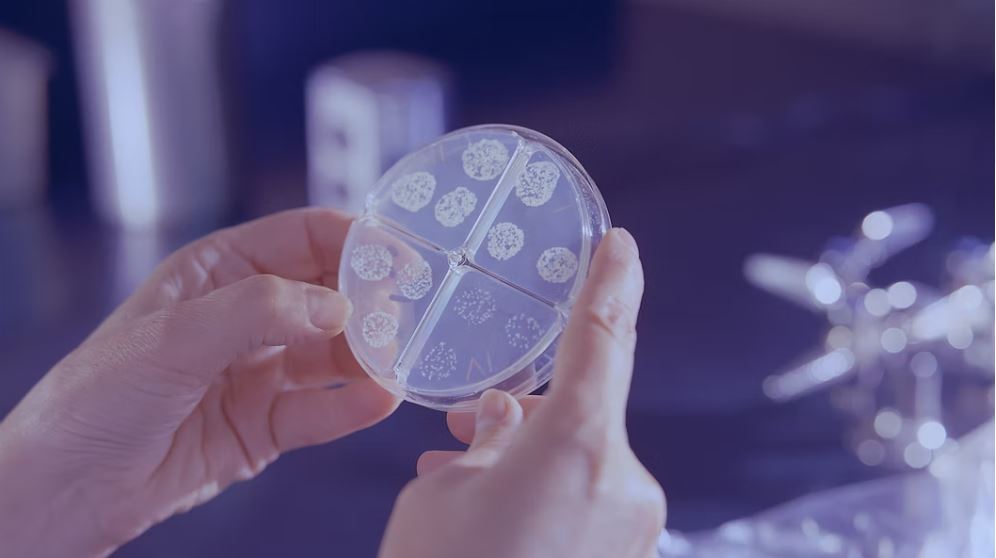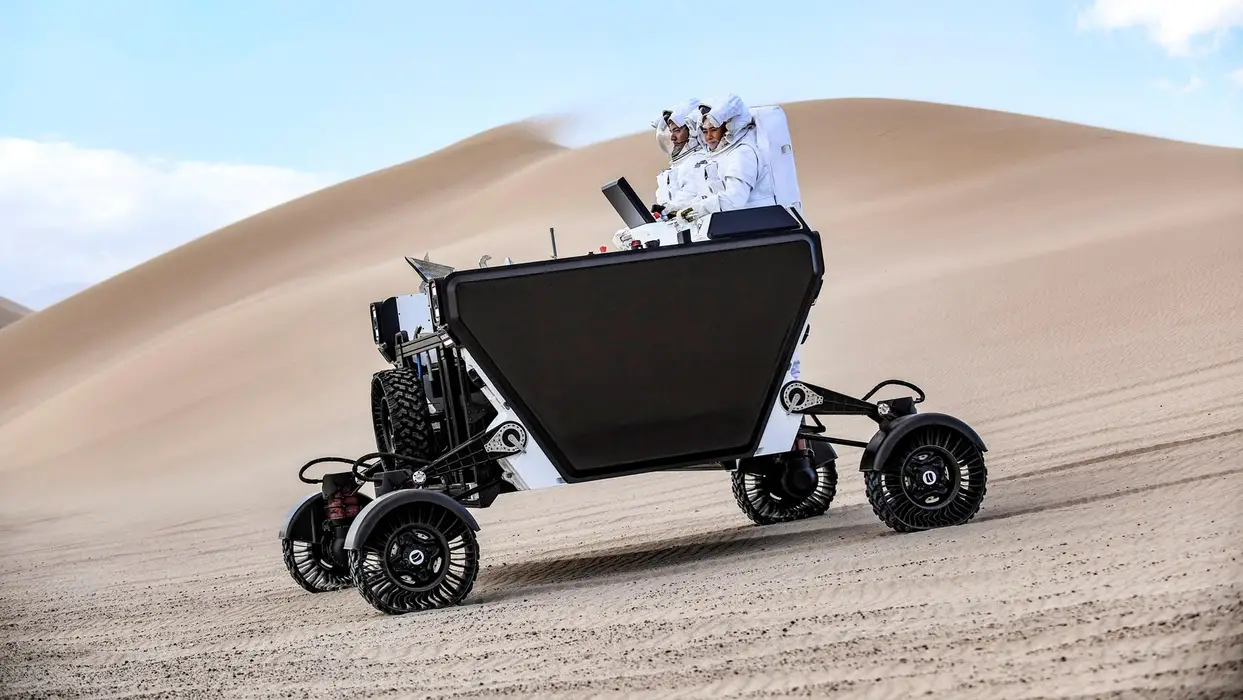Can you imagine robots small enough to clean our teeth? An article published on The Register reports that experts in chemistry, dentistry and engineering have developed a new method to remove plaque from teeth by electromagnetically controlling iron oxide nanoparticles (IONPs).
Researchers at the University of Pennsylvania recently published an article in the journal ACS Nano describing the use of magnetic fields to guide nanoparticles to form “surface topography-adapted robot-like superstructures” (STARS) to remove dental plaque (biofilm) and find foreign bacteria.
Iron oxide nanoparticles (IONP) are both catalytic and magnetic, can be manipulated by magnetic fields, and catalyze hydrogen peroxide to achieve antibacterial effects. They have been approved by the U.S. Food and Drug Administration (FDA) for other uses.
To take advantage of these properties, US researchers designed a magnetically controlled platform to rearrange IONPs for use in oral hygiene.
According to the report, STARS can be formed into different shapes through magnetic fields, such as the bristles of a toothbrush, or slender structures similar to dental floss, and even the hardness can be adjusted. The researchers say that STARS is adaptive and can transform into the most efficient shape. In addition, the brush length can be adjusted to reach the furthest surfaces in the mouth.
STARS then chemically and mechanically removes the biofilm and penetrates the biofilm to obtain a sample for diagnostic analysis. The article states that brushing with STARS is better than using an anti-plaque mouthwash alone.
As for brushing teeth, some STARS nanoparticles may separate from the main structure through friction and fall into the mouth. The researchers emphasized that IONP is not toxic to human cells and will not harm oral tissues, but the separated nanoparticles should not exceed more than Recommended daily intake of iron.
The device for delivering these nanoparticles is still in the developmental stage, and the challenge now is to build a practical device to control, check the fit of the oral cavity STARS, “Commercialization date has not yet been set, but we are working hard to have a functional prototype by next year.”




